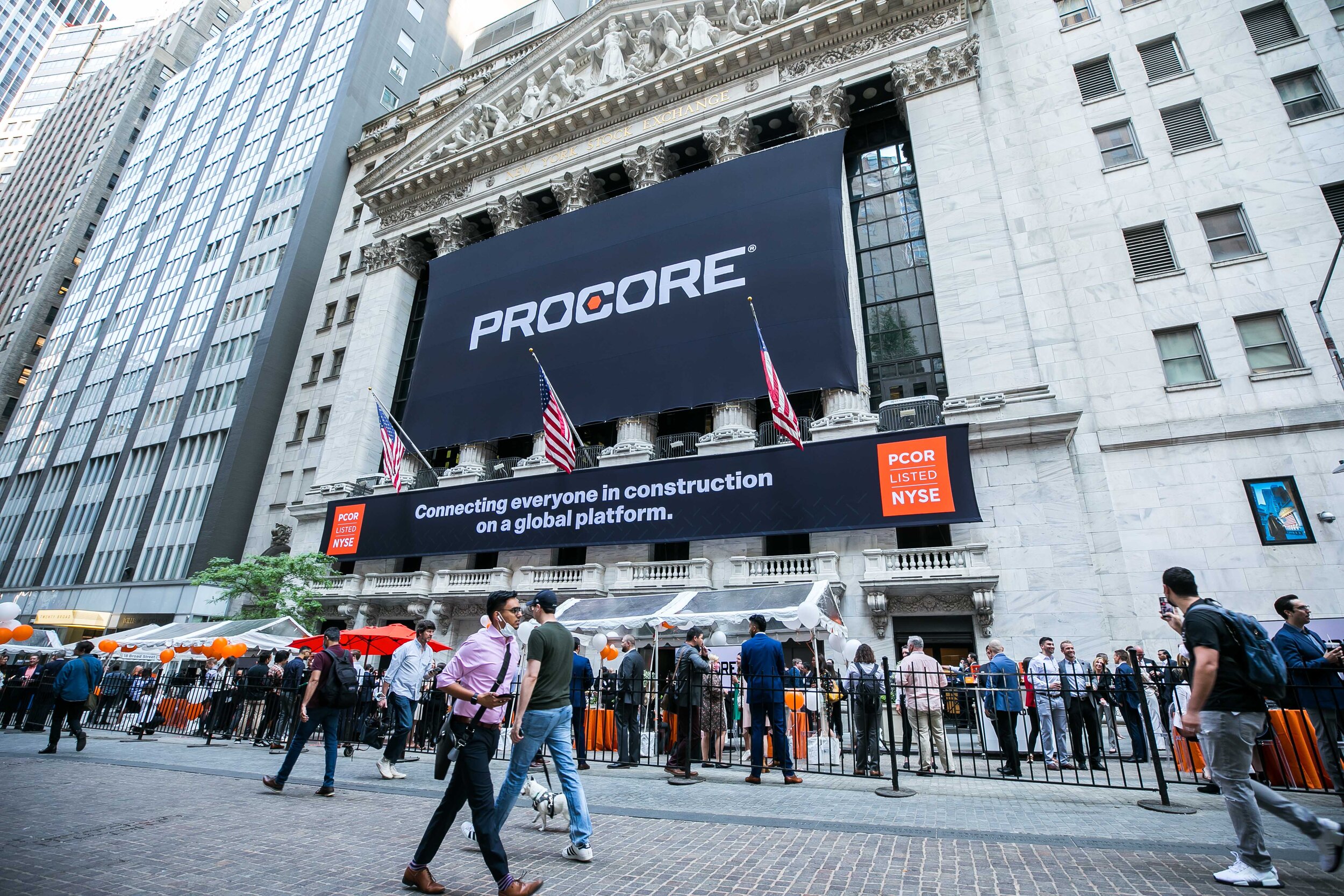Unless you work on infrastructure and some other specialty structures, you’ve probably always wondered how underwater structures are built. It’s always admittedly been a bit of a mystery to me, as I only encounter relatively small amounts of water on my retail construction sites. Some dewatering here and there or a small creek relocation can add some difficulty to a project, but they’re manageable.
Building bridges over oceans and rivers, like the New NY Bridge, or this pretty awesome underwater restaurant in Norway takes considerable care and expertise to keep workers safe and the water from compromising the strength of the structure. We’ve come across some cool tools, like this power drill you can use underwater, but those can only take you so far.
The YouTube channel called Practical Engineering just recently explored how underwater structures are built and I thought it gave a great overview of the process of how they are are supported, beginning with decades old methods and continuing to more modern methods.
The video explains that coffer dams are commonly used, which can be as simple as building a dam from soil to block the water and dewatering the area within the dam. At its most basic form, this method can be compromised by weak soils and require continual dewatering efforts due to leaching water.
Caissons have been used for decades whether underwater or just in regular ole soil, but in the past workers had been sent down inside the caissons to dig out the soil and mud to allow the concrete to be placed inside. Build up of pressures inside the caisson not only could allow water to seep in, but also resulted in workers contracting “caisson disease,” which is a lot like what underwater divers can get if they rise to the top too quickly.
Now, most underwater structures can be built without the need to send humans down into hazardous circumstances, but we’ll let the video explain that.
You can watch the full video from Practical Engineering below:

In the midst of fierce discourse over the bipartisan infrastructure bill lies a unique opportunity for the United States.
Last summer, Hilti announced that they had developed their first exoskeleton designed for construction tradespeople in a partnership with Ottobuck, a prosthetics, orthotics, and exoskeleton provider. Earlier this month, Hilti officially released the exoskeleton, announced more details, and published its retail price on their website.
Cat Phones is known to make some pretty rugged smartphones, the kind of phone you don’t have to worry about on the jobsite – even without a case. Licensed by the construction equipment giant, Caterpillar, the phones are made by the UK-based Bullitt Group. The company recently announced the release of their new flagship smartphone model, the CAT S62 Pro.
The construction technology world has been no stranger to acquisitions and mergers in recent years, as many larger players are gobbling up startups and other specialty software to quickly grow their offerings and expand their value to their customers. The latest acquisition comes from a somewhat surprising source, however, as Stanley Black & Decker, the power tool and storage company, has acquired Buildup, a task management, punch list, and inspection software company.
Father’s Day 2021 is June 20, so you better get started on gift ideas if you want to impress dad this year. Whether your father is contractor, handyman, or DIYer, we’ve got a lot of great ideas for him this year.
For more more gift ideas, be sure to check out our past Father's Day Gift Guides from 2016, 2017, 2018, and 2019 or our Ultimate Construction Holiday Gift Guides from 2015, 2016, 2017, 2018, 2019, and 2020
Procore, the construction management software company, has been rumored to be interested in filing for an IPO since at least 2019. In the Spring of 2020, Procore ended up delaying its plans to go public after it received $150million in funding and a valuation of around $5 million, citing interest in raising more money amidst an uncertain economy during the heart of the coronavirus pandemic.
[guest post] It’s a morbid statistic, but the construction industry experiences more workplace deaths than any other. With so many potential hazards, heavy-duty machinery, and power tools, it’s perhaps not surprising that serious accidents are relatively commonplace.
It’s that time again to begin Construction Junkie’s annual search for the best construction podcast! Now in our 7th year of the competition, we’re noticing a considerable increase in construction-related podcasts from every sector.
Each year, Procore – the maker of the construction management software of the same name – hosts their annual construction technology conference, Groundbreak. As part of the festivities, the company is looking to celebrate the most groundbreaking companies, people, and projects in the construction industry and they need your help.










